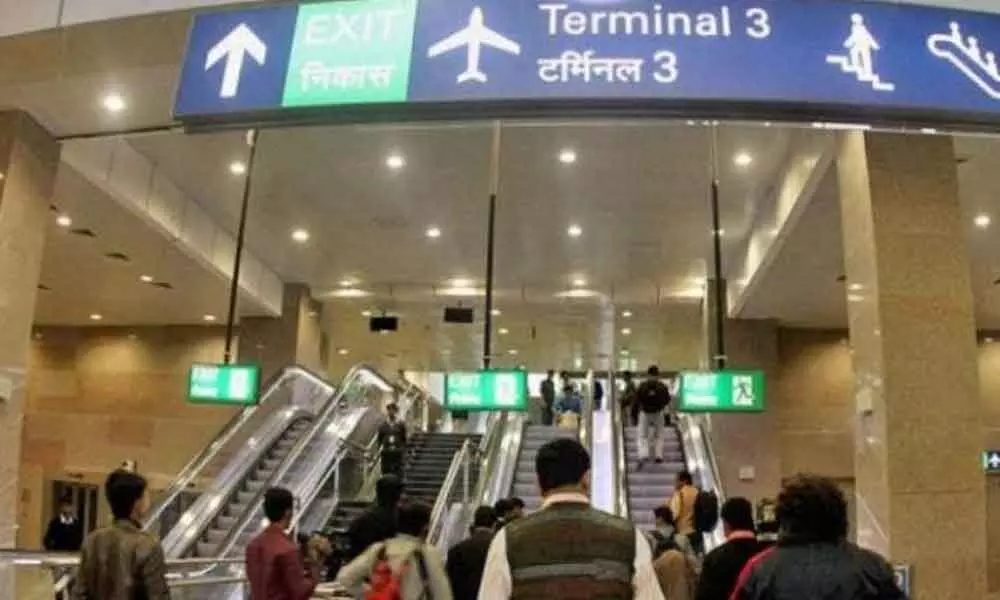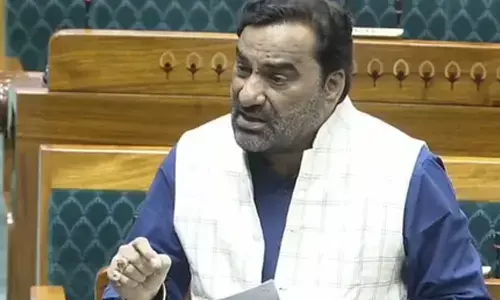IGI Airport installs new passenger tracking system at T3

IGI Airport installs new passenger tracking system at T3
National capital's Indira Gandhi International (IGI) Airport on Monday introduced a new passenger tracking system intended to reduce waiting time, enhance operational efficiency and manage passenger flow to ensure social distancing at Terminal-3.
New Delhi: National capital's Indira Gandhi International (IGI) Airport on Monday introduced a new passenger tracking system intended to reduce waiting time, enhance operational efficiency and manage passenger flow to ensure social distancing at Terminal-3.
According to Delhi International Airport Limited (DIAL), to repose faith in flying among passengers, it has introduced several innovative measures to provide a safe and hygienic environment at the airport.
"As part of the move, DIAL has installed Xovis PTS after successful trials, to ensure better management of passenger flow and adherence to social distancing norms, as part of Covid-19 protocol," DIAL said in a statement.
"Wearing masks, sanitisation of hands and maintaining social distancing are the new normal in the Covid-19 pandemic times."
Accordingly, DIAL has installed sensors at all eight departure entry gates of T3, all check-in rows, domestic and international security check areas, emigration at departure level.
At the arrival level, sensors have been installed at the immigration area for the Indian and foreign passport holders and domestic-to-international transfer area of Delhi Airport.
"Based on images (as a dot on the screen) computed directly on the ceiling-mounted sensors, passengers are counted and tracked anonymously. The system receives data streams from the sensors and provides airport operators with valuable Key Performance Indicators (KPIs) such as waiting time, process time and passenger throughput, etc."
"The KPIs are visualised on an intuitive dashboard, enabling airports to quickly identify crowded areas and bottlenecks. The system's intuitive and comprehensive user interface offers real-time insights on every process point for an improved passenger flow management."
Furthermore, the queue management system is expected not only to reduce waiting time at T3 by providing alerts to the airport team, when the queues develop, thus enhancing operational efficiency.
"The system generates auto-alerts and prompts airport officials to act swiftly as soon as it identifies crowded areas at the terminal."
"If the situation is not brought under control within a stipulated time of 10 minutes, it again issues alerts to higher management."

















